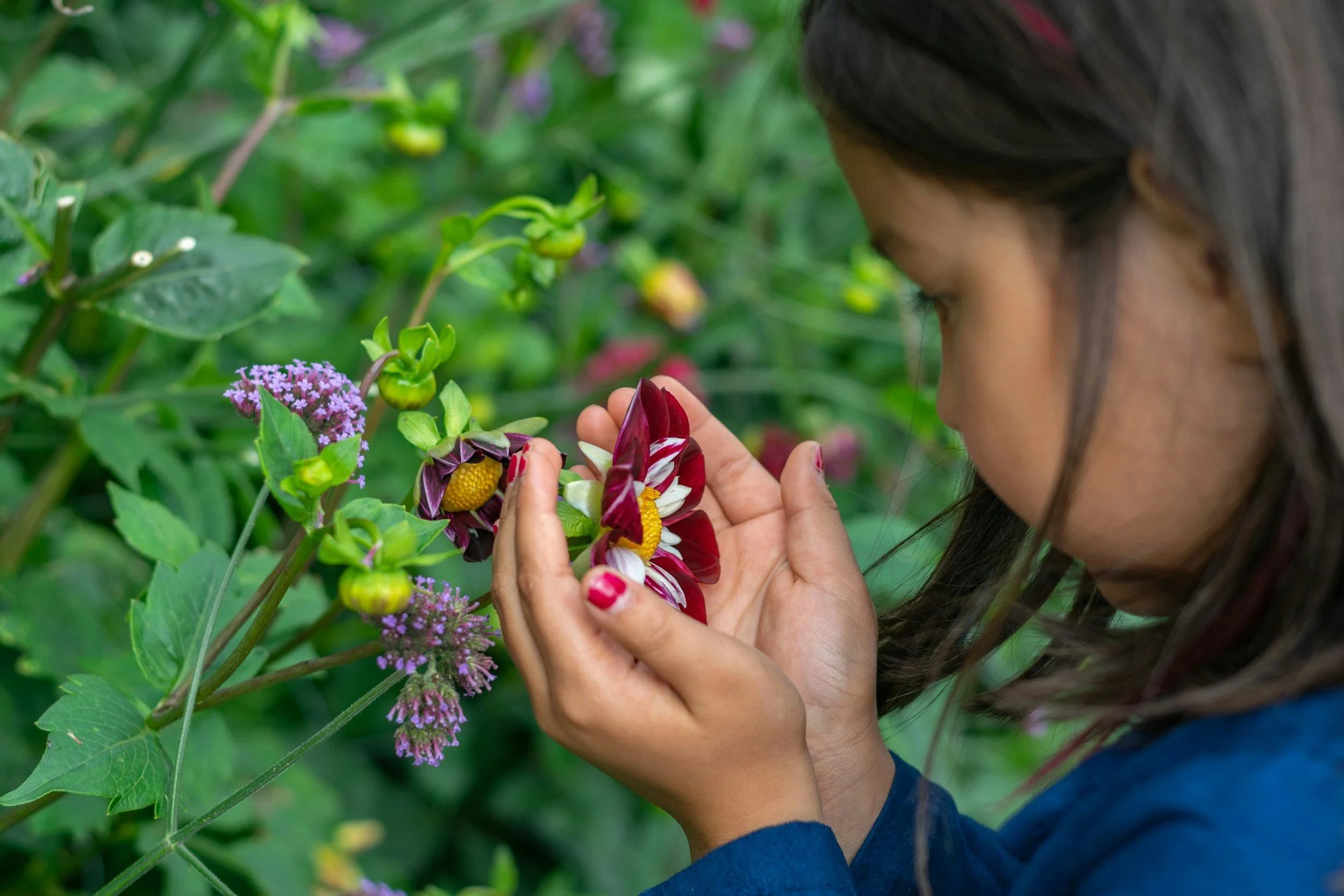Why Your Child’s Behavior Isn’t the Problem- It’s the Signal
And what flowers have to do with behavior.
We tend to treat children’s meltdowns like weeds in a garden—rip them out fast, before they take over.
But the truth is, those outbursts? They’re not weeds.
They’re signals.
They’re communication.
They’re the bloom—not the whole story.
If we want the behavior to change, we have to stop obsessing over the bloom and start looking at the root.
what is the root to bloom model?
Think of your child’s behavior as a plant. The visible stuff—whining, hitting, crying on the kitchen floor because you offered the blue cup instead of the green one—is the bloom. That’s what shows up on the surface.
But what’s underneath?
The Roots: Their nervous system, unmet needs, developmental stage, and emotional safety
The Soil: The environment they’re growing in—stress, transitions, sleep, connection
The Trunk: Their skills. What regulation tools do they actually have access to right now?
When we only respond to the bloom—by threatening, yelling, ignoring, or overexplaining—we miss the whole root system.
And that’s why things don’t get better. (Or they only stay better for like… ten minutes.)
why this matters for behaviors
Misbehavior isn’t the enemy.
It’s a red flag from the roots saying “I’m not okay. I don’t have what I need to stay regulated right now.”
That doesn’t mean we give in to every demand.
It means we get curious. We get grounded. We look under the surface before reacting.
This is where parenting gets powerful—when we stop trying to “fix” the behavior and start supporting the system underneath it.
Because when we nurture the root? The bloom takes care of itself.
what supporting the root actually looks like
Supporting your child at the root level doesn’t mean letting them run the show. It means responding with intention, not just reaction.
Instead of “How do I get them to stop crying?” → ask, “What are they trying to tell me?”
Instead of “This is so irrational!” → remember, “Their brain is doing exactly what it was wired to do under stress.”
Instead of “They’re so dramatic…” → try, “They’re overwhelmed, and I can help them come back to center.”
This doesn’t mean letting kids walk all over you.
Boundaries? Still necessary.
Consistency? Still important.
But when you understand what’s underneath the behavior, you can hold those boundaries with empathy instead of reactivity.
It’s not about being permissive.
It’s about being regulated—so you can lead.
You become the steady presence they need, instead of a match to their chaos.
And you start feeling more in control, too—not because your child is always calm… but because you are.
💛 Ready for More Support?
If you’ve been stuck in power struggles…
If every day feels like walking on eggshells…
If you’re exhausted by the constant back-and-forth and just want things to feel lighter…
The Parenting Reset Program was made for this.
It’s a 6-week self-paced course designed to help you slow down, get to the root of what’s happening, and rebuild more calm, connection, and clarity at home. Inside, I’ll guide you through:
The full Root to Bloom framework
Tools to support your child’s nervous system and your own
Scripts and strategies to shift out of reactive cycles
Ways to create boundaries that actually work
It’s practical, non-judgy, and meets you right where you are.
No pressure to be perfect. Just a chance to reset things—for real this time.
Not quite there yet? Check out my Toddler Tantrum Masterclass - designed to help you understand the root of the behaviors, and how to handle each type of tantrum with confidence and understanding.

